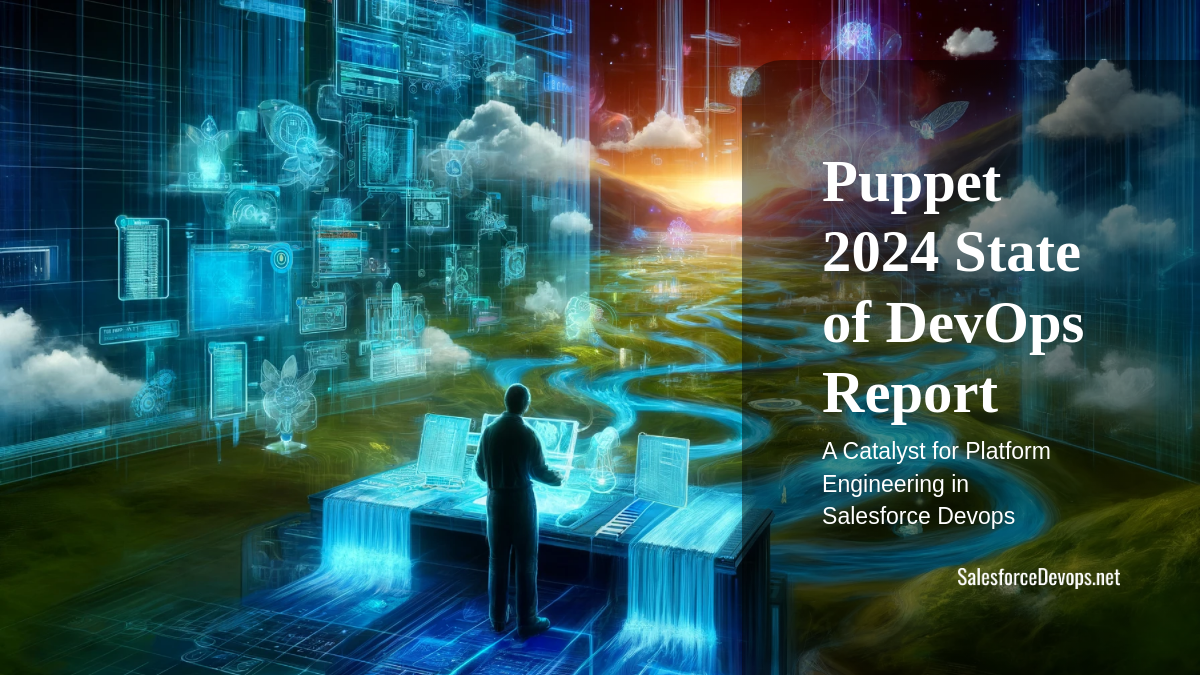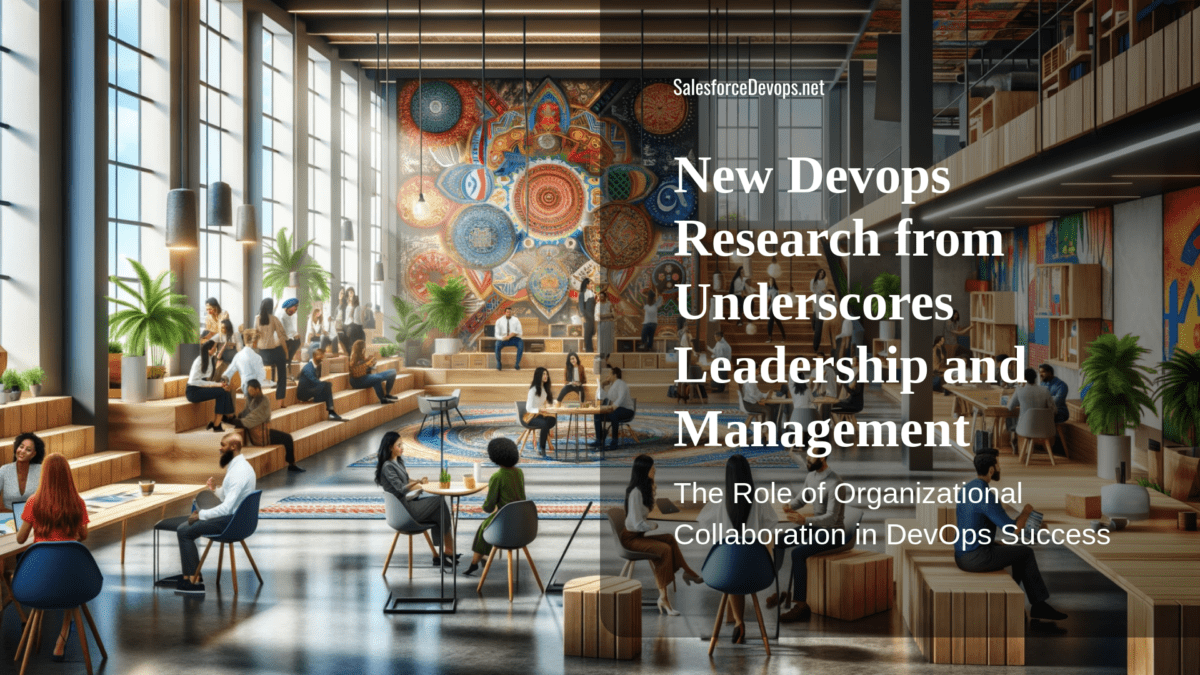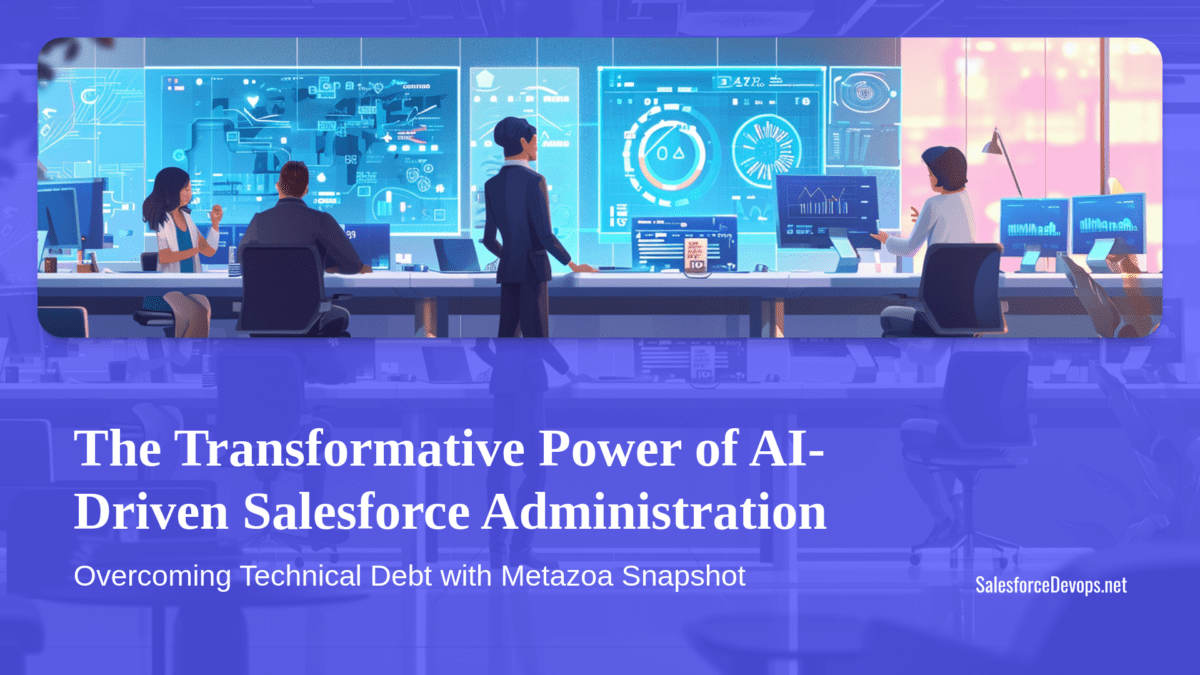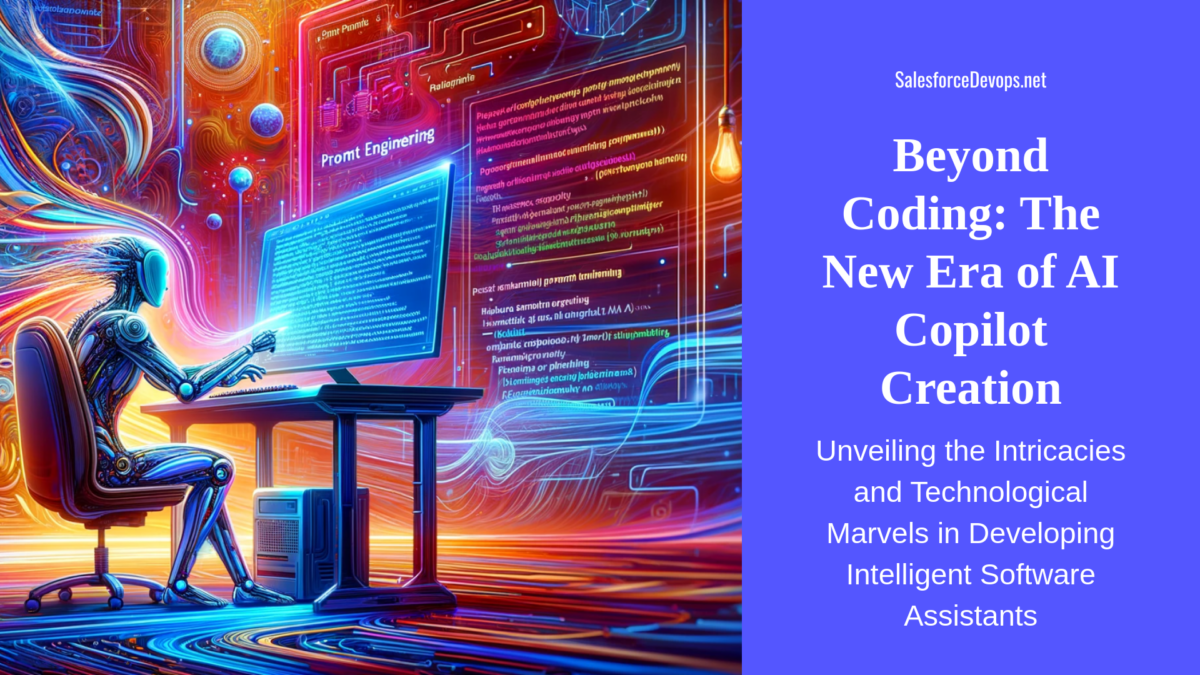Generative Coding: A Motorcycle for the Mind
Steve Jobs once said, “the personal computer is a bicycle for the mind.” Today, Generative Coding is becoming the “motorcycle for the mind” for software engineers. It’s a new era in software development. It is becoming all about speed, power, and productivity.
Generative coding is changing how we create software. It uses advanced AI models to automate tasks. This allows developers to focus on higher-level design and strategic thinking. It’s like having an AI-powered co-pilot. This co-pilot can generate code, suggest improvements, and learn from the developer’s style.
This thorough review article explores the evolution and impact of generative coding, software engineering, devops, and testing. We’ll look at why IT leaders need to embrace this trend. We’ll also discuss the safety considerations of this powerful new tool.
Table of contents
The Evolution of Generative Coding
Generative coding is a story of evolution and innovation. It’s a journey from early AI systems to today’s sophisticated language models. This journey has transformed software engineering, which is one of the most important industries in the modern world.
Early Days: Before 2015
In the early days, before 2015, AI and coding were largely separate domains. AI was primarily used for tasks like data analysis and prediction, while coding was a manual process, reliant on the skills and expertise of human developers. However, the seeds of generative coding were already being sown, with researchers exploring ways to automate coding tasks and improve developer productivity.
Turning Point: 2015 to 2020
The period from 2015 to 2020 marked a significant turning point. This was the era of the rise of language models, AI systems capable of understanding and generating human language. These models, such as
GPT-2 began to show promise in coding tasks. The systems were able to generate code snippets and even simple programs. This period also saw the emergence of tools like GitHub Copilot, which leveraged these language models to assist developers in their coding tasks.
Current Era: 2020 Onwards
The advent of GPT-3 and GPT-4 from 2020 onwards has brought us into the current era of generative coding. These advanced language models have taken the capabilities of their predecessors to new heights, able to generate complex code structures and even entire applications. They have also opened new possibilities for AI Pair Programming, where AI systems work alongside human developers, each bringing their unique strengths to the table.
One notable example of this new era is the case of T-Mobile. The telecommunications giant has been investing heavily in Generative AI technologies, recognizing the potential of these tools to accelerate software development and drive innovation. Their approach exemplifies the forward-thinking mindset that is needed to harness the power of generative coding.
AI Pair Programming: A New Paradigm
AI Pair Programming is a transformative concept that is reshaping the software engineering landscape. It represents a fusion of human creativity and AI’s computational prowess. This creates a synergistic partnership that enhances the coding process.
In traditional pair programming, two human developers work together on the same code. One writes the code (the “driver”), while the other reviews each line of code as it’s written (the “navigator”). The roles are frequently switched to ensure a balanced perspective. This collaborative approach has been shown to improve code quality and enhance problem-solving.
The New Pair Programmer
AI Pair Programming takes this concept to a new level. Instead of two human developers, it involves a human developer working in tandem with an AI system. The AI system, trained on a vast corpus of code, can generate code snippets, suggest improvements, and even spot bugs. This allows the human developer to focus more on high-level design and problem-solving, while the AI handles more routine coding tasks.
GitHub Copilot is a prime example of AI Pair Programming in action. It acts as an AI “navigator,” suggesting lines or blocks of code as the human developer types. It can even generate whole functions, drawing from its training on millions of open-source projects. This can significantly speed up the coding process and reduce the cognitive load on the developer.
Interesting Challenges Ahead
However, AI Pair Programming is not without its challenges. For one, there are concerns about the potential for AI to generate code that infringes on software licenses. There are also questions about the extent to which developers should rely on AI, and the potential for AI to stifle creativity or lead to a homogenization of coding styles.
Despite these challenges, AI Pair Programming represents a significant step forward in the evolution of software engineering. It embodies the “motorcycle for the mind” analogy, amplifying the power of human intellect and enabling developers to tackle more complex problems with greater efficiency. As this paradigm continues to evolve, it will undoubtedly play a central role in the future of software engineering.
The Power of Generative Coding in Testing and Devops
Generative coding is not only transforming the way code is written but also revolutionizing the domains of testing and devops. The power of generative AI in these areas is immense, enhancing efficiency, improving code quality, and accelerating the software development lifecycle.
Automated Testing
Generative coding tools can automatically generate test cases based on the codebase and application requirements. This not only reduces the manual effort involved in writing tests but also ensures comprehensive coverage, leading to more robust and reliable software.
Continuous Integration and Delivery (CI/CD)
In the realm of DevOps, generative AI can play a pivotal role in automating CI/CD pipelines. By generating scripts for building, testing, and deploying applications, AI can streamline the DevOps process, ensuring rapid delivery of high-quality software.
Bug Detection and Resolution
Generative AI models can be trained to identify common coding errors and security vulnerabilities, providing real-time feedback to developers. They can even suggest fixes or generate patches, significantly speeding up the bug resolution process.
Infrastructure as Code (IaC)
Generative coding automates the creation of IaC scripts. This enables developers to easily set up and manage cloud infrastructure. This can greatly simplify the management of complex cloud environments, reducing the risk of human error and ensuring consistency across different environments.
Performance Optimization
By analyzing code and system performance data, generative AI can suggest optimizations to improve application performance and resource utilization. This leads to more efficient and cost-effective software.
Disaster Recovery
Generative AI can also assist in disaster recovery by automatically generating scripts for data backup, system failover, and recovery procedures. This ensures rapid recovery in the event of a system failure, minimizing downtime and data loss.
The “motorcycle for the mind” analogy is particularly apt in the context of testing and devops. Generative coding tools amplify the capabilities of developers and operations teams, enabling them to cover more ground with less effort. They automate routine tasks, identify, and resolve issues faster, and ensure the delivery of high-quality, reliable software.
The Urgency for IT Leaders
The rapid evolution of generative coding presents an urgent call to action for IT leaders. The exponential growth in AI products and services is not a distant future, but a present reality, and it’s reshaping the landscape of software development at an unprecedented pace. IT leaders must pay attention now, or risk being blindsided by this transformative trend.
Competitive Advantage
Companies that leverage generative coding can accelerate their product development, creating a significant competitive advantage. They can deliver new features and improvements faster, respond more quickly to market changes, and innovate more rapidly. IT leaders who ignore this trend risk falling behind their competitors.
Cost Efficiency
Generative coding can automate routine tasks, reduce the need for manual coding, and improve code quality, leading to significant cost savings. It can also reduce the reliance on offshore programming labor, potentially leading to further cost reductions and improved control over the development process.
Talent Acquisition and Retention
As generative coding becomes more prevalent, there will be a growing demand for developers who are familiar with these tools. IT leaders need to ensure that their teams have the necessary skills and training to leverage generative coding effectively. They also need to consider how the use of these tools will affect their recruitment and retention strategies.
Data Privacy and Security
The use of generative coding presents new challenges around data privacy and security. IT leaders need to understand these challenges and ensure that they have the necessary safeguards in place. This includes ensuring that AI models are trained on secure, anonymized data and that they do not inadvertently leak sensitive information.
Regulatory Compliance
As with any new technology, generative coding will likely attract regulatory scrutiny. IT leaders need to stay abreast of any regulatory developments and ensure that their use of generative coding complies with all relevant laws and regulations.
The urgency for IT leaders is clear: generative coding is not just a new tool, but a game-changer that can redefine the way software is developed. IT leaders who embrace this trend can drive innovation, improve efficiency, and gain a competitive edge. Those who ignore it do so at their peril. The motorcycle for the mind is revving its engine. It’s time to hop on and ride into the future of software development.
Generative Coding Safety Considerations and Cautions
As we embrace the power of generative coding, it’s crucial to also consider the safety implications. The “motorcycle for the mind” analogy is apt here too: just as a motorcycle provides speed and efficiency, it also requires careful handling and safety precautions. Here are some key safety considerations and cautions for generative coding:
Data Confidentiality
Generative AI models are trained on large amounts of data, which may include sensitive or proprietary information. It’s crucial to ensure that this data is handled securely and that the use of generative coding does not inadvertently expose confidential information.
Privacy
Generative coding can potentially infringe on privacy, particularly when AI models are trained on personal data or used to generate personalized content. IT leaders need to ensure that their use of generative coding complies with all relevant privacy laws and regulations, and that they have robust safeguards in place to protect personal data.
Bias and Fairness
AI models can inadvertently perpetuate or amplify biases present in their training data. This can lead to unfair or discriminatory outcomes. It’s important to ensure that generative coding tools are used responsibly and that measures are in place to detect and mitigate any potential biases.
Quality Control
While generative coding can automate many aspects of software development, it’s not a silver bullet. The code generated by AI models still needs to be reviewed and tested to ensure its quality. Over-reliance on generative coding without adequate quality control can lead to errors and vulnerabilities.
Ethics and Accountability
The use of generative coding raises important ethical questions, particularly around accountability. Who is responsible when code generated by an AI model causes a problem? IT leaders need to consider these ethical implications and ensure that they have clear policies and procedures in place for dealing with any issues that arise.
Regulatory Compliance
As mentioned earlier, the use of generative coding is likely to attract regulatory scrutiny. IT leaders need to stay abreast of any regulatory developments and ensure that their use of generative coding complies with all relevant laws and regulations.
The Generative Coding Future is Now
The advent of generative coding is not just a technological evolution; it’s a revolution that’s transforming the landscape of software development. The “motorcycle for the mind” is here, offering unprecedented speed and efficiency, but also requiring careful handling and safety precautions.
The urgency for IT leaders is clear. The exponential growth in AI products and services is not a distant future, but a present reality. Those who embrace this trend can drive innovation, improve efficiency, and gain a competitive edge. Those who ignore it risk being left behind.
However, as we embrace the power of generative coding, we must also navigate the challenges it presents. Data confidentiality, privacy, bias, quality control, ethics, and regulatory compliance are all critical considerations. IT leaders must ensure that they have the necessary safeguards in place to use generative coding responsibly and safely.
The future of software development is here, and it’s generative. The question for IT leaders is not if they will adapt to this new reality, but how quickly and effectively they can do so. The “motorcycle for the mind” is revving its engine. It’s time to hop on and ride into the future of software development. But remember, safety first.
Generative Coding Reading List
Be sure to catch up on my May 10th post on using ChatGPT-4 to generate Apex code. For this article I did a deep dive into generative coding, generative AI, and software engineering on Google Scholar. Here are some of the academic papers and news stories I used for the piece.
- The Impact of AI on Developer Productivity: Evidence from GitHub Copilot, MIcrosoft Research, MIT Sloan School
- Opportunities for Generative AI in UX Modernization, IBM Research
- Job posting with T-Mobile for a Generative AI Software Engineering Leader
- Generative AI Helping Boost Productivity of Some Software Developers, Wall Street Journal
- Explainable AI for Software Engineering: A Systematic Review and an Empirical Study, Masters Thesis, Ahmad Haji Mohammadkhani, University of Calgary






